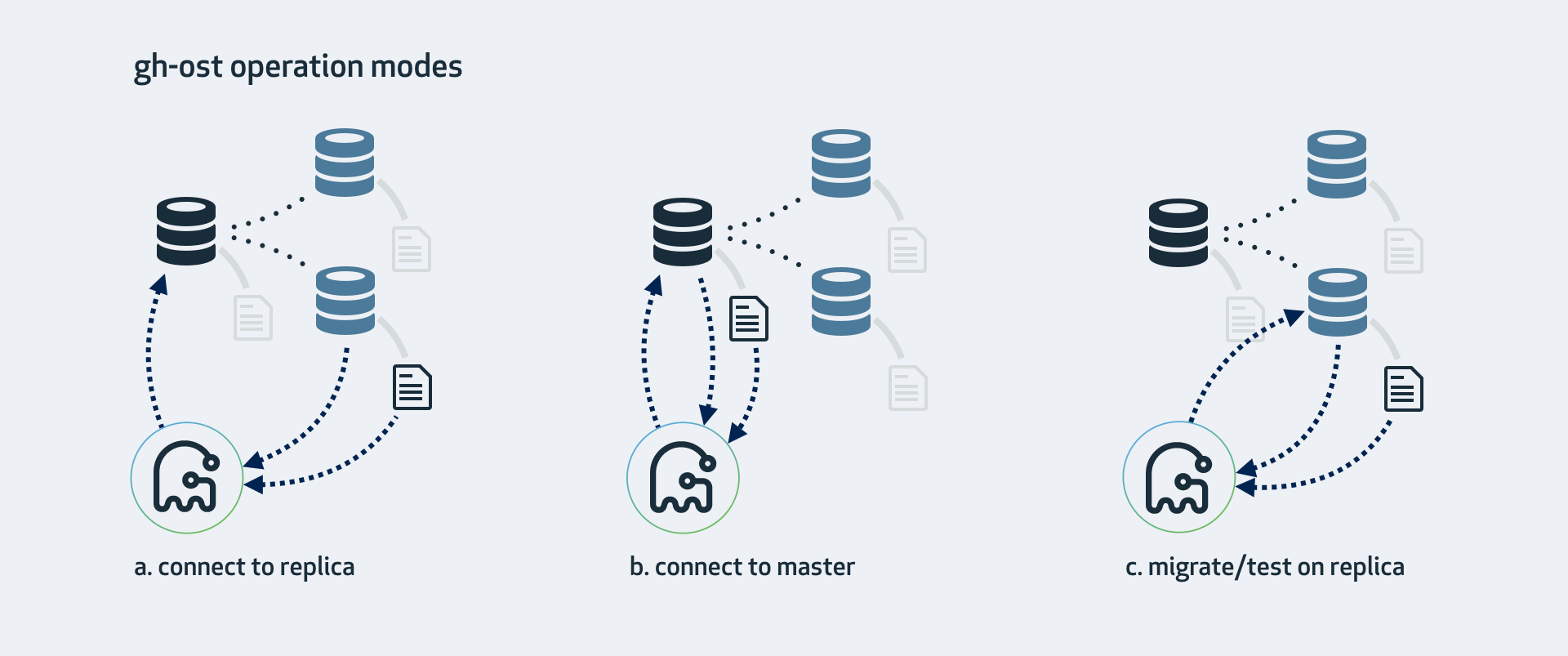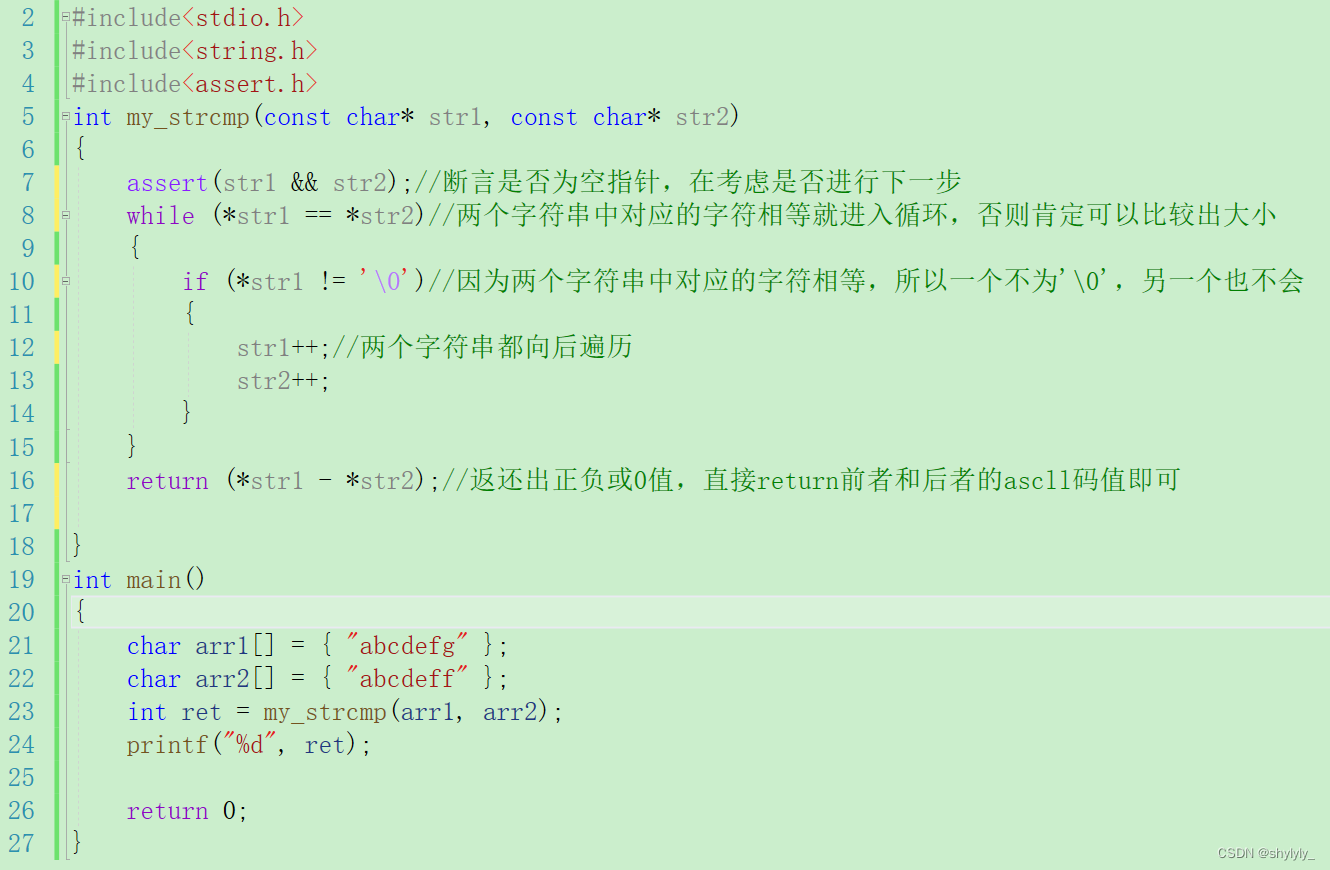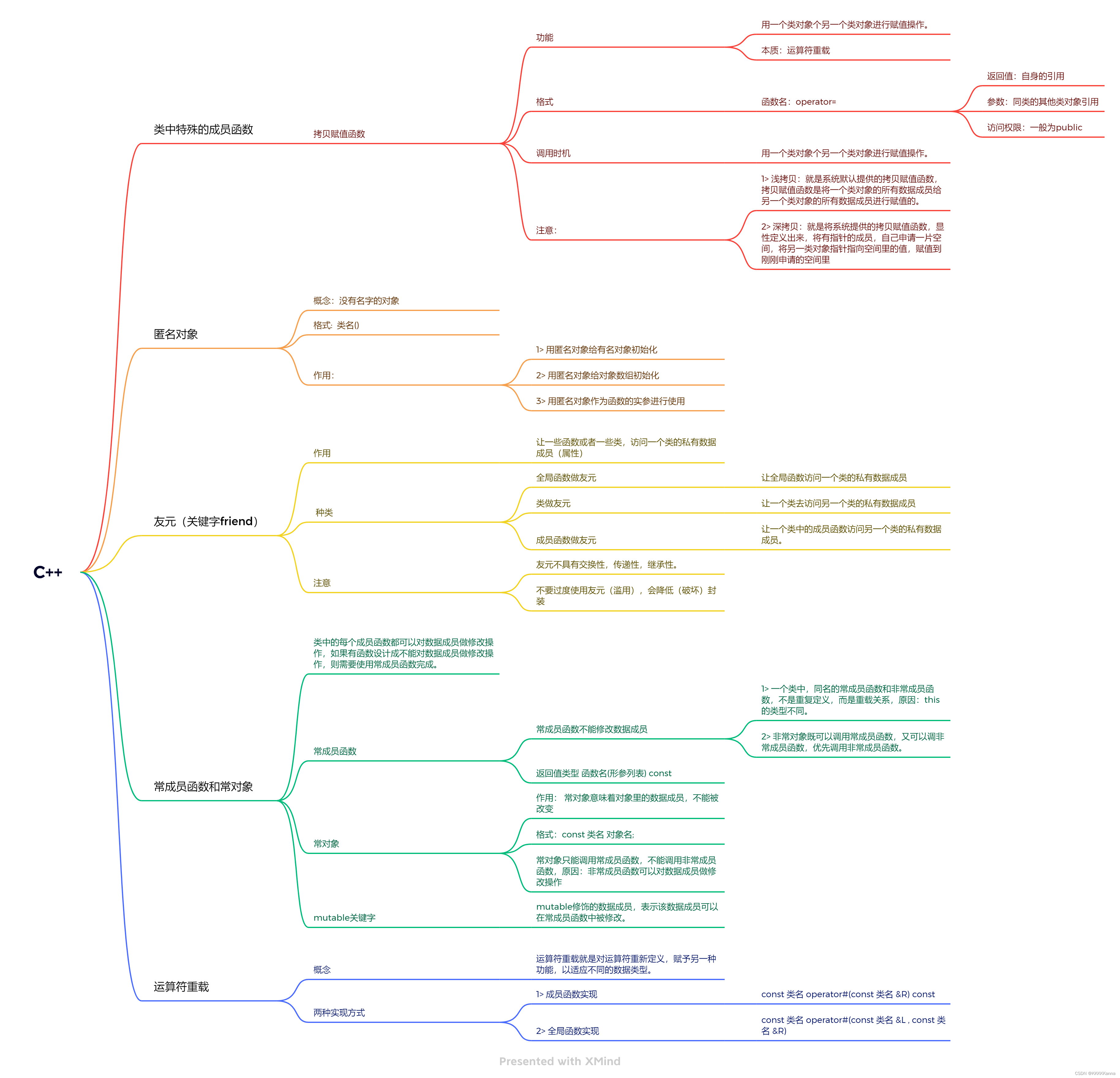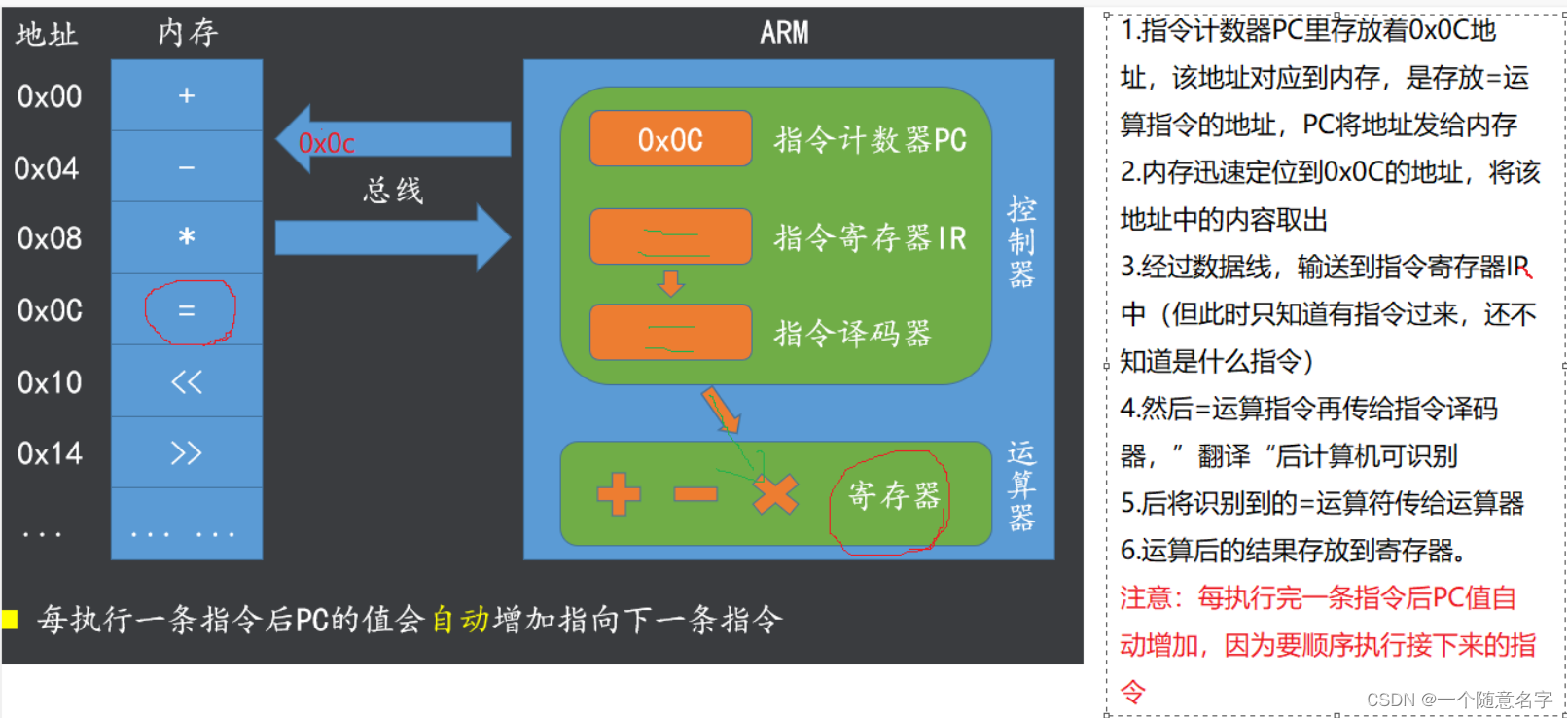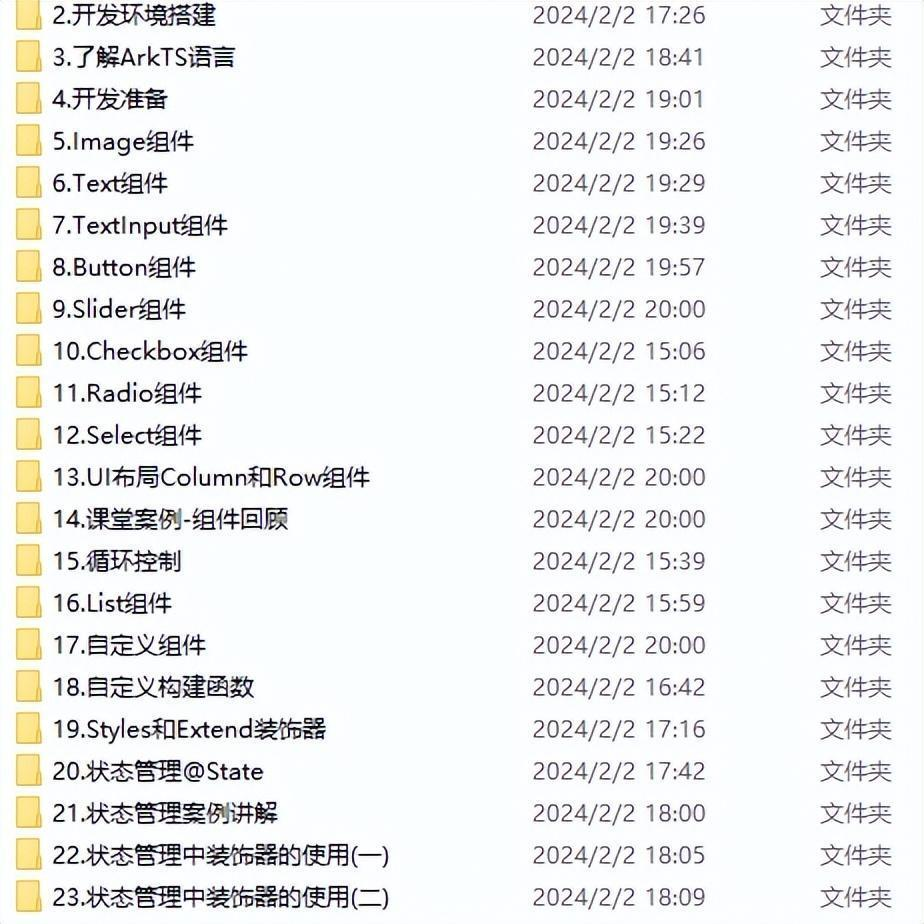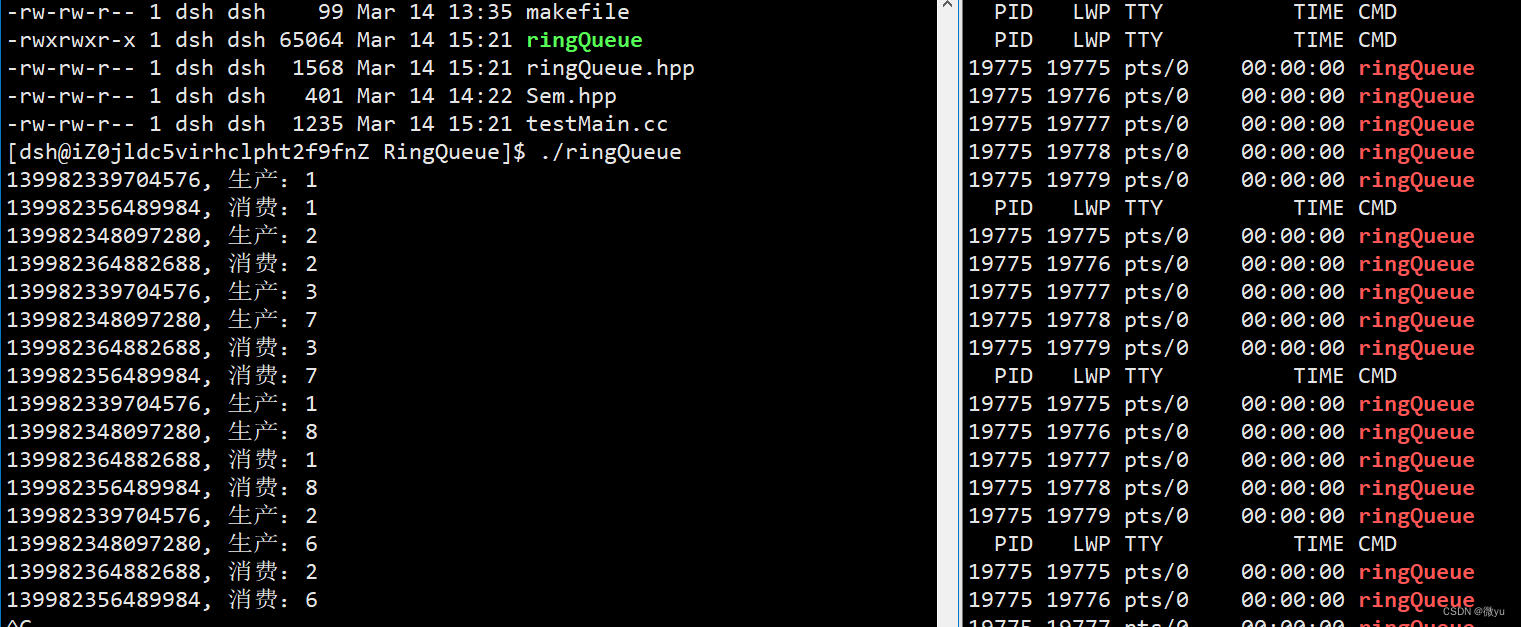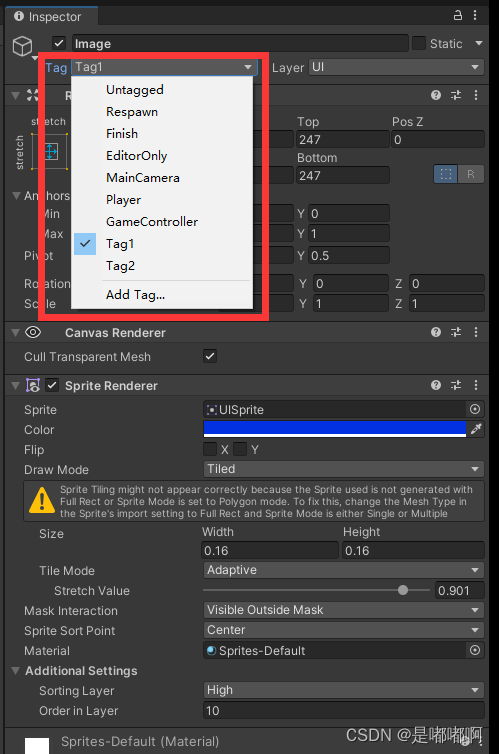忠告:如果你想抄题解的,可以离开,这不是一时半会儿能解决的问题
前置知识:
- 学习笔记:费用流
 https://blog.csdn.net/weixin_44043668/article/details/108738212
https://blog.csdn.net/weixin_44043668/article/details/108738212 - C++动态规划详解
 https://blog.csdn.net/weixin_51951103/article/details/120241450
https://blog.csdn.net/weixin_51951103/article/details/120241450 - C++ 背包问题
 https://blog.csdn.net/weixin_43899008/article/details/124738946
https://blog.csdn.net/weixin_43899008/article/details/124738946 - 模拟退火算法(c++实现)(VIP文章)
 https://blog.csdn.net/qq547276542/article/details/77800776
https://blog.csdn.net/qq547276542/article/details/77800776 - TSP--模拟退火算法(c++实现+详细解释)
 https://blog.csdn.net/qq_40738840/article/details/84324494
https://blog.csdn.net/qq_40738840/article/details/84324494
测试点1:
观察数据点 。
号,
号,
号,
号物品都可以达到自己的最优选择。而枚举
号的物品的摆放会发现只有
号物品放入第 1 个背包时才能达到最优解。
最后玩出来的结果是:
3
3
2
1
1测试点2、8、9、10:
测试点2:
观察数据 。
理论上可以用搜索 + 剪枝,但是因为我实在太懒了,所以直接写了一个模拟退火。
跑了大概 分钟跑出来了最优解
。
测试点8、9、10:
观察数据,无规律。
直接写随机化算法吧,模拟退火就是个不错的选择,代码细节我们等会儿来说。
据说这个退火算法坚持跑年可以跑出结果。。。
代码:
#include <cmath>
#include <ctime>
#include <queue>
#include <cstdio>
#include <cstdlib>
#include <algorithm>
using namespace std;const int MAXN = 1000; // 定义最大商品数
const int MAXM = 300; // 定义最大抽屉数
const int INF = (1 << 30); // 定义一个非常大的数,作为无穷大的标记int V1[MAXN + 5], V2[MAXN + 5], val[MAXN + 5][MAXM + 5]; // 商品价值,抽屉大小和商品在抽屉中的价值
int ans[MAXN + 5], tmp[MAXN + 5], nw[MAXN + 5], res = 0, N, M; // 当前结果,临时数组,当前方案,最优解的价值,商品数和抽屉数// 获取当前方案的总价值
int get_ans() {int ret = 0, j = 1, re = V2[1];for (int i = 1; i <= N; i++) {if (j > M)tmp[nw[i]] = 0;else if (re >= V1[nw[i]]) {tmp[nw[i]] = j, re -= V1[nw[i]];ret += val[nw[i]][j];} elsej++, i--, re = V2[j];}return ret;
}int real_ans[MAXN + 5], real_res = 0; // 最优方案和最优价值int main() {srand(time(NULL)); // 使用当前时间来初始化随机数生成器freopen("drawer8.in", "r", stdin); // 从文件读取输入scanf("%d%d", &N, &M); // 读取商品数和抽屉数for (int i = 1; i <= N; i++)scanf("%d", &V1[i]); // 读取每个商品的价值for (int i = 1; i <= M; i++)scanf("%d", &V2[i]); // 读取每个抽屉的大小for (int i = 1; i <= N; i++)for (int j = 1; j <= M; j++)scanf("%d", &val[i][j]); // 读取商品在抽屉里的价值// 使用模拟退火算法来求解while (true) {for (int i = 1; i <= N; i++)nw[i] = i;random_shuffle(nw + 1, nw + N + 1); // 随机生成一种方案res = get_ans(); // 计算当前方案的价值for (double T = 1E12; T >= 1E-5; T *= 0.986) { // 模拟退火过程int x = rand() % N + 1, y = rand() % N + 1;swap(nw[x], nw[y]); // 随机交换两个商品if (get_ans() > res || 1.0 / (1 + exp((res - get_ans()) / T)) >= 1.0 / rand()) {for (int j = 1; j <= N; j++)ans[j] = tmp[j]; // 更新当前最优解res = get_ans(); // 获取新的价值} elseswap(nw[x], nw[y]); // 恢复之前的方案}// 更新历史最优解if (res > real_res) {real_res = res;for (int i = 1; i <= N; i++)real_ans[i] = ans[i]; // 记录新的最优方案FILE *f = fopen("drawer8.out", "w"); // 打开文件用于写入结果for (int i = 1; i <= N; i++)fprintf(f, "%d\n", real_ans[i]); // 将最优方案写入文件printf("%d\n", real_res); // 在控制台输出最优解的价值}}
}
测试点3:
观察数据
很经典的 背包,直接写
就可以过了。
代码:
#include <cstdio>
#include <algorithm>
using namespace std;// 定义最大物品数量和最大价值
const int MAXN = 2000;
const int MAXV = 10000;// dp[i][j] 表示考虑前i件物品,总体积不超过j的情况下,可以获得的最大价值
int dp[MAXN + 5][MAXV + 5];
// V[i] 表示第i件物品的体积
int V[MAXN + 5];
// pre[i][j] 表示获取dp[i][j]的最大价值时,是否选择了第i件物品
bool pre[MAXN + 5][MAXV + 5];
// tag[i] 表示最终解中是否选择了第i件物品
bool tag[MAXN + 5];// 递归函数,用于找出选择的物品
void get_ans(int i, int j) {if (i == 0) return; // 如果已经考虑完所有物品,则返回if (pre[i][j]) { // 如果选择了第i件物品tag[i] = true; // 标记为选择get_ans(i - 1, j - V[i]); // 继续考虑前一个物品,容量减少V[i]} else {get_ans(i - 1, j); // 如果没有选择第i件物品,直接考虑前一个物品}
}int main() {int N, M, K;scanf("%d%d", &N, &M); // 读入物品数量N和背包容量M(这里的M未使用)for (int i = 1; i <= N; i++)scanf("%d", &V[i]); // 读入每个物品的体积scanf("%d", &K); // 读入背包的容量限制for (int i = 1; i <= N; i++) {int k;scanf("%d", &k); // 读入每个物品的价值for (int j = K; j >= V[i]; j--) {// 更新dp数组if (dp[i - 1][j - V[i]] + k > dp[i - 1][j]) {dp[i][j] = dp[i - 1][j - V[i]] + k; // 更新最大价值pre[i][j] = true; // 记录选择了这个物品} else {dp[i][j] = dp[i - 1][j]; // 不选择这个物品pre[i][j] = false;}}}get_ans(N, K); // 回溯找出选择的物品for (int i = 1; i <= N; i++)puts(tag[i] ? "1" : "0"); // 输出每个物品是否被选择// printf("%d\n", dp[N][K]); // 可以输出最大价值
}
测试点4、5、6:
测试点4:
观察数据,所有物品的体积都是 。
这个时候就可以确定每个背包能装的物品数量是多少,背包容量和物体体积转换为了物品数量限制。
这个时候就是一个最大权匹配,写个费用流就可以了。
测试点5:
观察数据,所有物品的体积都是 。
跟 测试点4 一样的解法,只是时间跑得久一些,大概 秒。
测试点6:
观察数据,所有物品的体积都是 在
这个范围以内。
体积不一样,好像并不能再使用费用流了?
但实际上物品之间的体积都是微小扰动造成的,也就是说物品之间的体积差相对于物品体积本身而言非常微小,以至于可以忽略不计。
所以我们直接把物品体积当作所有物品体积的最大值来算就可以了。
代码:
#include <queue>
#include <cstdio>
#include <algorithm>
using namespace std;// 节点和边的最大数目
const int MAXN = 1000;
const int MAXM = 700;
const int MAXV = MAXN + MAXM;
const int INF = (1 << 30);struct edge {int to, flow, cap, dis;edge *nxt, *rev;
} edges[4 * MAXN * MAXM + 5], *adj[MAXV + 5], *cur[MAXV + 5], *ecnt;// 定义一个流图数据结构
struct flow_graph {int S, T, cost, dist[MAXV + 5]; // S源点,T汇点,cost总费用,dist到各点最短费用bool vis[MAXV + 5], inq[MAXV + 5]; // vis检查是否访问过,inq检查是否在队列中deque<int>que; // 双端队列,用于执行SPFA算法// 初始化void init() {ecnt = &edges[0];}// 添加边void addedge(int u, int v, int c, int w) {edge *p = (++ecnt), *q = (++ecnt);p->to = v, p->cap = c, p->dis = w, p->flow = 0;p->nxt = adj[u], adj[u] = p;q->to = u, q->cap = 0, q->dis = -w, q->flow = 0;q->nxt = adj[v], adj[v] = q;p->rev = q, q->rev = p;}// 执行SPFA算法,寻找最短费用的增广路径bool relabel() {for (int i = S; i <= T; i++)dist[i] = INF, cur[i] = adj[i];que.push_back(S);dist[S] = 0;inq[S] = true;while ( !que.empty() ) {int f = que.front();que.pop_front();inq[f] = false;for (edge *p = adj[f]; p != NULL; p = p->nxt) {if ( p->cap > p->flow ) {if ( dist[p->to] > dist[f] + p->dis ) {dist[p->to] = dist[f] + p->dis;if ( !inq[p->to] ) {inq[p->to] = true;if ( !que.empty() && dist[p->to] < dist[que.front()] )que.push_front(p->to);else que.push_back(p->to);}}}}}return !(dist[T] == INF);}// 增广路径// x当前节点,tot要增广的流量int aug(int x, int tot) {if ( x == T ) {cost += tot * dist[T]; // 更新总费用return tot;}int sum = 0;vis[x] = true;for (edge *&p = cur[x]; p != NULL; p = p->nxt) {if ( p->cap > p->flow && !vis[p->to] && dist[x] + p->dis == dist[p->to] ) {int del = aug(p->to, min(tot - sum, p->cap - p->flow));sum += del, p->flow += del, p->rev->flow -= del;if ( sum == tot ) break;}}vis[x] = false;return sum;}// 最小费用流算法int min_cost_max_flow() {int flow = 0;while ( relabel() )flow += aug(S, INF);return flow;}
} G;int V1[MAXN + 5], V2[MAXN + 5];// 主函数
int main() {int N, M, mx = 0;scanf("%d%d", &N, &M); // N节点数目,M边数目G.init();G.S = 0, G.T = N + M + 1; // 初始化图,设置源点和汇点for (int i = 1; i <= N; i++) {scanf("%d", &V1[i]); // 输入V1数组G.addedge(G.S, i, 1, 0); // 源点连接V1中的每个节点,边权为1,费用为0mx = max(mx, V1[i]);}for (int i = 1; i <= M; i++) {scanf("%d", &V2[i]); // 输入V2数组G.addedge(N + i, G.T, V2[i] / mx, 0); // V2中的每个节点连接汇点,边权为V2[i]/mx,费用为0}for (int i = 1; i <= N; i++)for (int j = 1; j <= M; j++) {int k;scanf("%d", &k); // 输入费用矩阵G.addedge(i, N + j, 1, -k); // 连接V1和V2,边权为1,费用为-k}G.min_cost_max_flow(); // 执行最小费用最大流算法for (int i = 1; i <= N; i++) {int ans = N;for (edge *p = adj[i]; p != NULL; p = p->nxt)if ( p->to != G.S && p->flow == 1 ) ans = p->to; // 配对结果printf("%d\n", ans - N); // 输出配对结果}
// printf("%d\n", -G.cost); // 如果需要输出总费用,取消注释这一行
}
测试点7:
观察数据,除了物品 的体积为
以外,其他物品的体积都为
。
我们直接枚举物品 的摆放位置,再跑费用流,取最优值。
时间复杂度有点高,跑了 分钟左右才跑出来最优解。
代码:(由于👆面有注释,所以这段不注释了~)
#include<queue>
#include<cstdio>
#include<algorithm>
using namespace std;
const int MAXN = 500;
const int MAXM = 100;
const int MAXV = MAXN + MAXM;
const int INF = (1<<30);
struct edge{int to, flow, cap, dis;edge *nxt, *rev;
}edges[4*MAXN*MAXM + 5], *adj[MAXV + 5], *cur[MAXV + 5], *ecnt;
struct flow_graph{int S, T, cost, dist[MAXV + 5];bool vis[MAXV + 5], inq[MAXV + 5];deque<int>que;void init() {ecnt = &edges[0];for(int i=S;i<=T;i++)adj[i] = NULL;cost = 0;}void addedge(int u, int v, int c, int w) {edge *p = (++ecnt), *q = (++ecnt);p->to = v, p->cap = c, p->dis = w, p->flow = 0;p->nxt = adj[u], adj[u] = p;q->to = u, q->cap = 0, q->dis = -w, q->flow = 0;q->nxt = adj[v], adj[v] = q;p->rev = q, q->rev = p;}bool relabel() {for(int i=S;i<=T;i++)dist[i] = INF, cur[i] = adj[i];que.push_back(S); dist[S] = 0; inq[S] = true;while( !que.empty() ) {int f = que.front(); que.pop_front(); inq[f] = false;for(edge *p=adj[f];p!=NULL;p=p->nxt) {if( p->cap > p->flow ) {if( dist[p->to] > dist[f] + p->dis ) {dist[p->to] = dist[f] + p->dis;if( !inq[p->to] ) {inq[p->to] = true;if( !que.empty() && dist[p->to] < dist[que.front()] )que.push_front(p->to);else que.push_back(p->to);}}}}}return !(dist[T] == INF);}int aug(int x, int tot) {if( x == T ) {cost += tot*dist[T];return tot;}int sum = 0; vis[x] = true;for(edge *&p=cur[x];p!=NULL;p=p->nxt) {if( p->cap > p->flow && !vis[p->to] && dist[x] + p->dis == dist[p->to] ) {int del = aug(p->to, min(tot - sum, p->cap - p->flow));sum += del, p->flow += del, p->rev->flow -= del;if( sum == tot ) break;}}vis[x] = false;return sum;}int min_cost_max_flow() {int flow = 0;while( relabel() )flow += aug(S, INF);return flow;}
}G;
int V1[MAXN + 5], V2[MAXN + 5], val[MAXN + 5][MAXM + 5];
int ans[MAXN + 5], res = 0;
int main() {int N, M; scanf("%d%d", &N, &M);G.S = 0, G.T = N + M + 1; G.init();for(int i=1;i<=N;i++)scanf("%d", &V1[i]);for(int i=1;i<=M;i++)scanf("%d", &V2[i]);for(int i=1;i<=N;i++)for(int j=1;j<=M;j++)scanf("%d", &val[i][j]);for(int i=2;i<=N;i++)for(int j=1;j<=M;j++)G.addedge(i, N + j, 1, -val[i][j]);for(int i=2;i<=N;i++)G.addedge(G.S, i, 1, 0);for(int i=1;i<=M;i++)G.addedge(N + i, G.T, V2[i]/V1[2], 0);G.min_cost_max_flow(); res = -G.cost;for(int i=2;i<=N;i++) {int flag = N;for(edge *p=adj[i];p!=NULL;p=p->nxt)if( p->to != G.S && p->flow == 1 ) flag = p->to;ans[i] = flag - N;}for(int i=1;i<=M;i++) {if( V2[i] < V1[1] ) continue;G.init();for(int j=2;j<=N;j++)for(int k=1;k<=M;k++)G.addedge(j, N + k, 1, -val[j][k]);for(int j=2;j<=N;j++)G.addedge(G.S, j, 1, 0);for(int j=1;j<=M;j++)if( j == i ) G.addedge(N + j, G.T, (V2[j] - V1[1])/V1[2], 0);else G.addedge(N + j, G.T, V2[j]/V1[2], 0);G.min_cost_max_flow();if( res < -G.cost + val[1][i] ) {res = -G.cost + val[1][i]; ans[1] = i;for(int i=2;i<=N;i++) {int flag = N;for(edge *p=adj[i];p!=NULL;p=p->nxt)if( p->to != G.S && p->flow == 1 ) flag = p->to;ans[i] = flag - N;}}}for(int i=1;i<=N;i++)printf("%d\n", ans[i]);
// printf("%d\n", res);
}至此,题解部分已经结束,下面是闲谈(可能对你有很大帮助)。
如果你认为这篇题解写的不错的话……动动手指,一键三连吧!👇👇👇
以下所有内容仅供参考,烧显卡本人不负责!
前置神力:
- 一台
Windows10或Windows Server 2019服务器 - CPU:至少
Intel E5-2680V4(16 核心 32 线程) - 内存:至少
64 GiB - 显卡:至少
Nvidia Tesla P40和一块Nvidia Tesla M40(显存一共至少24 GiB) - 以上条件为必要,可适当低配(如果没有,也可以继续看下去,有解决办法)。。
- 网络:
100Mbps及以上下载带宽,可能需要科学上网(自行百度,不在文章范围。。)
插话:解决物理神力的问题
你得去一些云服务商租借 GPU云服务器,比如 35003500 一个月的阿里云或者一个月 待更新待更新 元,对学生党友好的雨云。
但……如果你没有零花钱(或者不知道云服务器怎么用),可以不用往下面看了……
正题:
众所周知,这题可以用模拟退火来做
这时间复杂度……O(n!)O(n!) 我都快疯了!!!,开了几个晚上啊!
我们可以考虑将程序挂载到 GPU 上运行(关键!!!)
插话:GPU 是什么东西?
GPU 就是 图形处理器 的缩写,它可以提供更高的并行运算能力,在 3D设计 游戏开发 图形处理中均有广泛的应用。
当然,GPU 也有他的缺点:价格过高、发热过猛、容易烧坏……
这是一张 GPU 价格一览表:
| 型号 | 显存 | 价格 |
|---|---|---|
| Nvidia RTX 4090 | 24 GiB | 5050¥ |
| Nvidia Tesla P40 | 24 GiB | 1080¥ |
| Nvidia Tesla K80 | 24 GiB | 899¥ |
| Nvidia Tesla M40 | 24 GiB | 555¥ |
如何挂载到 GPU 上?
首先,我们来看一个 C++ 程序:
#include <bits/stdc++.h>
#include <cuda_runtime.h>
#include <cuda.h>
using namespace std;
int main() {ios :: sync_with_stdio(false);return 0;
}
其中的 #include <cuda_runtime.h> 就是调用 NvidiaNvidia 显卡的库文件,然后就可以挂载显卡了!!
别高兴,我们先得安装驱动~
进入这里,下载 CUDA 和显卡驱动程序,一定要选择对应的版本!
==注意:一定要选择离线版本,否则就只能魔法安装了!==
安装完成之后,就可以安装 Microsoft Visual Studio 2022 了,建议安装 20222022 版本,安装时注意选择跟 C++ 有关的所有模块。
安装完成后,我们测试一个程序,看看能不能正常运行:
#include <bits/stdc++.h>
using namespace std;
int n;
int main() {ios :: sync_with_stdio(false);cin >> n;cout << n * n << endl;vector <int> a;int tmp;for (int i = 1; i <= n; i ++) {cin >> tmp;a . push_back(tmp);}cout << a . size() << endl;return 0;
}
测试 GPU 性能&改编程序
如果你的 GPU 不是前面所讲的,那么你可以将 Stable Diffusion 本地化部署:(具体在这里看教程)
如果你的电脑出一张 1024x1024 的图片在 10s 之内的话,就可以继续了~
改编程序:
#include<cmath>
#include<ctime>
#include<queue>
#include<cstdio>
#include<cstdlib>
#include<algorithm>
#include<cuda.h>
#include<cuda_runtime.h>
using namespace std;
const int MAXN = 1000;
const int MAXM = 300;
const int INF = (1<<30);
int V1[MAXN + 5], V2[MAXN + 5], val[MAXN + 5][MAXM + 5];
int ans[MAXN + 5], tmp[MAXN + 5], nw[MAXN + 5], res = 0, N, M;
int get_ans() {int ret = 0, j = 1, re = V2[1];for(int i=1; i<=N; i++) {if( j > M ) tmp[nw[i]] = 0;else if( re >= V1[nw[i]] ) {tmp[nw[i]] = j, re -= V1[nw[i]];ret += val[nw[i]][j];} else j++, i--, re = V2[j];}return ret;
}
int real_ans[MAXN + 5], real_res = 0;
int main() {srand(time(NULL));freopen("drawer8.in", "r", stdin);scanf("%d%d", &N, &M);for(int i=1; i<=N; i++)scanf("%d", &V1[i]);for(int i=1; i<=M; i++)scanf("%d", &V2[i]);for(int i=1; i<=N; i++)for(int j=1; j<=M; j++)scanf("%d", &val[i][j]);while( true ) {for(int i=1; i<=N; i++)nw[i] = i;random_shuffle(nw + 1, nw + N + 1);res = get_ans();for(register double T=1E12; T>=1E-5; T*=0.986) {int x = rand() * 17 % N + 1, y = rand() * 17 % N + 1;swap(nw[x], nw[y]);if( get_ans() > res || 1.0/(1 + exp((res - get_ans())/T)) >= 1.0/rand() ) {for(int j=1; j<=N; j++)ans[j] = tmp[j];res = get_ans();} else swap(nw[x], nw[y]);}if( res > real_res ) {real_res = res;for(int i=1; i<=N; i++)real_ans[i] = ans[i];FILE *f = fopen("drawer8.out", "w");for(int i=1; i<=N; i++)fprintf(f, "%d\n", real_ans[i]);printf("%d\n", real_res);}}
}==可以注意到,我们在每一个函数前面加上了一个 _即将更新_,就代表这个函数依附于 GPU 运行。==
同时,我们尝试将变量也该用 GPU显存,具体取决于你的电脑驱动了:
#include<cmath>
#include<ctime>
#include<queue>
#include<cstdio>
#include<cstdlib>
#include<algorithm>
#include<cuda.h>
#include<cuda_runtime.h>
using namespace std;
const int MAXN = 1000;
const int MAXM = 300;
const int INF = (1<<30);
int V1[MAXN + 5], V2[MAXN + 5], val[MAXN + 5][MAXM + 5];
int ans[MAXN + 5], tmp[MAXN + 5], nw[MAXN + 5], res = 0, N, M;
int get_ans() {int ret = 0, j = 1, re = V2[1];for(int i=1; i<=N; i++) {if( j > M ) tmp[nw[i]] = 0;else if( re >= V1[nw[i]] ) {tmp[nw[i]] = j, re -= V1[nw[i]];ret += val[nw[i]][j];} else j++, i--, re = V2[j];}return ret;
}
int real_ans[MAXN + 5], real_res = 0;
int main() {srand(time(NULL));freopen("drawer8.in", "r", stdin);scanf("%d%d", &N, &M);for(int i=1; i<=N; i++)scanf("%d", &V1[i]);for(int i=1; i<=M; i++)scanf("%d", &V2[i]);for(int i=1; i<=N; i++)for(int j=1; j<=M; j++)scanf("%d", &val[i][j]);while( true ) {for(int i=1; i<=N; i++)nw[i] = i;random_shuffle(nw + 1, nw + N + 1);res = get_ans();for(register double T=1E12; T>=1E-5; T*=0.986) {int x = rand() * 17 % N + 1, y = rand() * 17 % N + 1;swap(nw[x], nw[y]);if( get_ans() > res || 1.0/(1 + exp((res - get_ans())/T)) >= 1.0/rand() ) {for(int j=1; j<=N; j++)ans[j] = tmp[j];res = get_ans();} else swap(nw[x], nw[y]);}if( res > real_res ) {real_res = res;for(int i=1; i<=N; i++)real_ans[i] = ans[i];FILE *f = fopen("drawer8.out", "w");for(int i=1; i<=N; i++)fprintf(f, "%d\n", real_ans[i]);printf("%d\n", real_res);}}
}你可以尝试运行;如果没报错,恭喜,可以跳过解决方案!
编译器提示没有找到 cuda_runtime.h 的解决方案
[错误]cuda_runtime.h:Nosuchfileordirectory[错误]cuda_runtime.h:Nosuchfileordirectory
别着急,先看看你的驱动是否安装成功?驱动是否启动?显卡是否插好?==驱动版本是否匹配???==
(在前面提到过)
如果没问题?看看你的 Visual Studio 2022 编译器是否设置为 -std=c++20?==是否创建的是C++ CUDA 项目???==
若都没问题,可以重装 Microsoft Visual Studio 2022 了……
(看前面的安装过程)
如果还是不行,可以在评论留言或==仔细再看一遍教程==
如果还没有找到问题,可以==去开头项目文件中下载最新的项目文件和 exe测试文件,看看有没有问题。==
运行程序:
大概运行一周左右吧……
结果就出来了……
如何判断结果是否正确?
到 Loj 上去下载答案文件,==不要天真的以为那就是AC答案==
然后对比运行程序后输出在控制台而不是文件中的内容,看最后一个是否是你的程序比 Loj 的更大或相等,就可以了!

